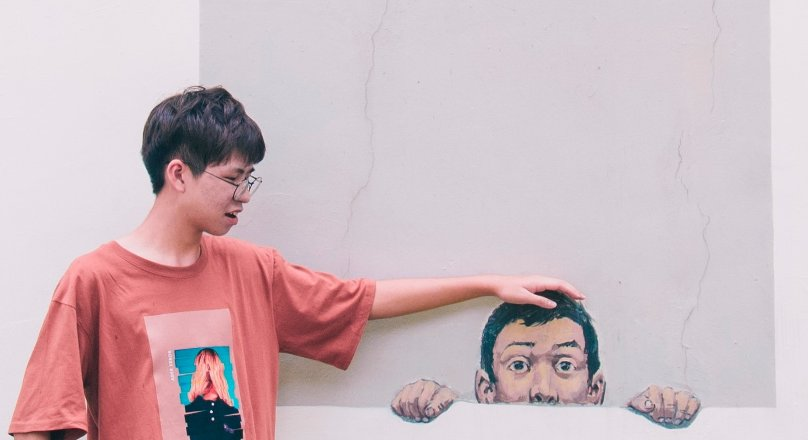Results for ""
Researchers have built a robotic hand that, like a human finger, can precisely identify an object after only one grip. It is made possible by the hand's high-resolution touch sensing.
Objects must be in complete contact with the fingertips of many robotic hands' powerful sensors to be detected, which can require numerous grasps. Lower-resolution sensors distributed across the entire finger are used in other designs, but they cannot capture as much detail and necessitate more grasp.
Robotic finger
Instead, the scientists constructed a robotic finger with a flexible inner structure protected by a hard shell and several high-resolution sensors embedded beneath its transparent "skin." The sensors provide Continuous sensing along the fingertip, which uses a camera and LEDs to obtain visual information about an object's shape. Each finger may collect detailed information about multiple aspects of an object at once.
With this plan, the team constructed a robotic hand with three fingers that could recognize items with roughly 85 per cent accuracy after just one grip. The complex structure makes the fingers sturdy enough to pick up a drill, and the supple skin makes it possible to hold on to anything as malleable as an empty plastic water bottle without breaking it. These hybrid soft-rigid fingers could be helpful in an elderly home care robot. While the other hand is helping the person into the tub, the other hand is free to grab something heavy off a shelf.
Human-inspired finger
A stiff 3D-printed endoskeleton forms the robotic finger's framework, which is then covered in a mould and clear silicone "skin." Using adhesives or fasteners to keep the silicone in place is unnecessary because the finger is made in a mould. To mimic the natural curvature of human fingers, the researchers bent the mould for the robotic fingers. Each finger's endoskeleton has a pair of sophisticated touch sensors known as GelSight sensors inserted into the top and middle parts behind the transparent skin. The sensors are positioned so that the camera ranges slightly overlap, enabling the finger continuous sensing along its entire length.
GelSight sensor
The GelSight sensor, which is based on Adelson group technology, is made up of a camera and three coloured LEDs. The camera records photographs as the coloured LEDs illuminate the skin from the inside when the finger grasps an object. An algorithm performs backward calculations to map the contours on the surface of the grabbed object using the lighted outlines that emerge in the soft skin. Using raw camera picture data, the researchers developed a machine-learning model to recognize things.
The researchers encountered various challenges as they refined the finger production method. The silicone flexes along the microscopic curves when the finger bends, reducing tension and preventing peeling. They also incorporated creases in the joints to prevent the silicone from being squished as the finger bends. While troubleshooting their design, the researchers discovered ripples in the silicone prevented the skin from ripping.
Conclusion
Researchers constructed a robotic hand with two fingers in a Y formation and a third finger functioning as an opposing thumb once the design was finalized. When the hand grasps an object, it takes six pictures, two from each finger, and transmits them to a machine learning algorithm to be used as inputs in determining what the pictures are of. All the fingers on a hand have touch receptors, so even a cursory hold can yield a wealth of information.
Furthermore, the researchers hope to increase the thumb's actuation to do a broader range of jobs and lessen the hardware's wear and tear on the silicone.
Sources of Article
Image source: Unsplash






